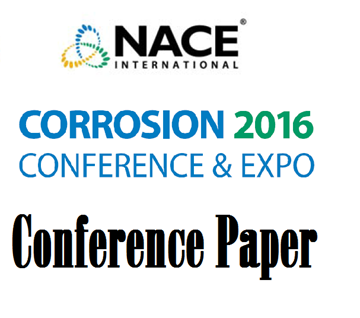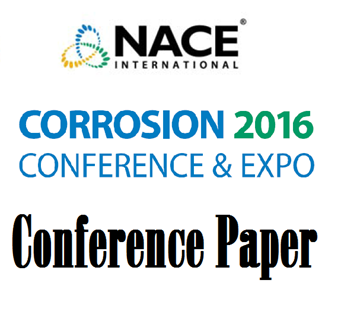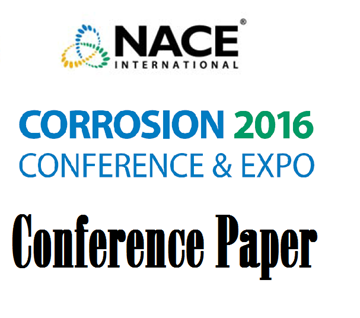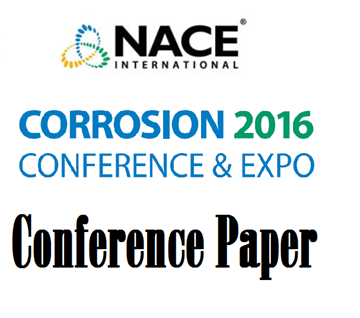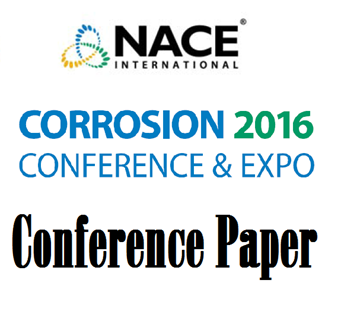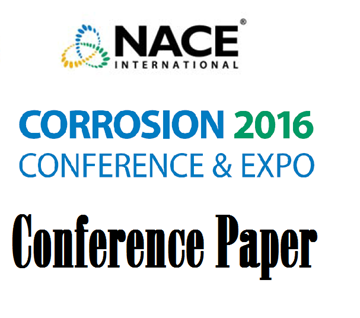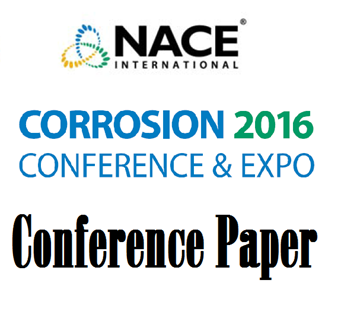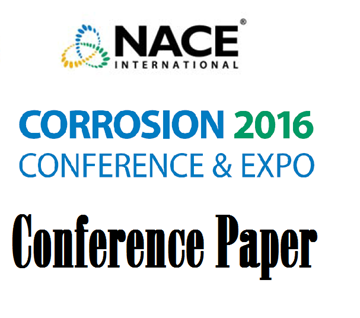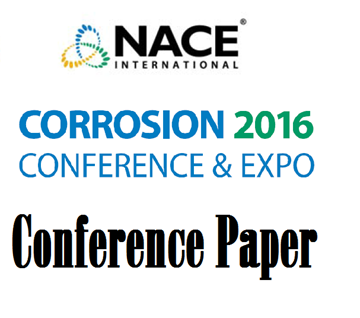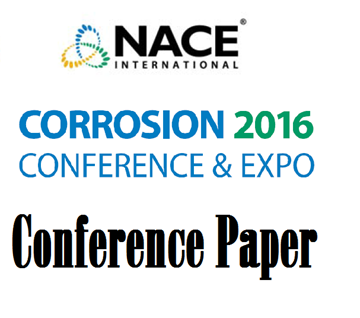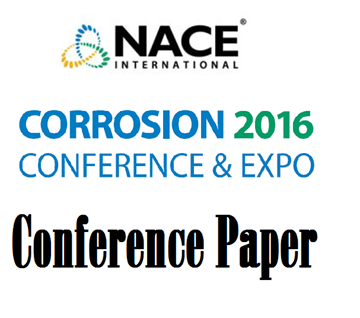Search
Products tagged with '2016 Conference Papers'
View as
Sort by
Display
per page
51316-7127-Flow Accelerated Corrosion of Carbon Steel Pipe Carrying Hot Condensate Water in a Chemical Plant
Product Number:
51316-7127-SG
ISBN:
7127 2016 CP
Publication Date:
2016
$20.00
51316-7128-Concept of Using Physics-Based Models for Real Time Corrosion Monitoring
Product Number:
51316-7128-SG
ISBN:
7128 2016 CP
Publication Date:
2016
$20.00
51316-7135-The pitting corrosion of titanium in aggressive environments
Product Number:
51316-7135-SG
ISBN:
7135 2016 CP
Publication Date:
2016
$20.00
51316-7139-Metallurgical Methods used to Assess the Significance of Pipeline Stress Cracking
Product Number:
51316-7139-SG
ISBN:
7139 2016 CP
Publication Date:
2016
$20.00
51316-7149-Corrosion Mechanism of API X80 Steel Material in Sour Environment at Different Temperatures
Product Number:
51316-7149-SG
ISBN:
7149 2016 CP
Publication Date:
2016
$20.00
51316-7151-Recycled Waters for Cooling Tower Water Systems- Good Idea or Bad- What You Need to Know
Product Number:
51316-7151-SG
ISBN:
7151 2016 CP
Publication Date:
2016
$20.00
51316-7152-Self-healing protection of pipeline corrosion by epoxy coating with preloaded inhibitors
Product Number:
51316-7152-SG
ISBN:
7152 2016 CP
Publication Date:
2016
$20.00
51316-7153-Degradation of FBE Coating on Pipelines in the Presence of Alternating Current Interference
Product Number:
51316-7153-SG
ISBN:
7153 2016 CP
Publication Date:
2016
$20.00
51316-7155-Effect of Sidegroove Root Configuration on Edge Fracture on DCB Test
Product Number:
51316-7155-SG
ISBN:
7155 2016 CP
Publication Date:
2016
$20.00
51316-7157-The Effect of Medium Density Clear Brine Fluids upon the Environmental Cracking Behavior of High Strength Alloy UNS S42028
Product Number:
51316-7157-SG
ISBN:
7157 2016 CP
Publication Date:
2016
$20.00
51316-7165-Investigation of Under Deposit Corrosion (UDC) in Halfdan Production Tubulars
Product Number:
51316-7165-SG
ISBN:
7165 2016 CP
Publication Date:
2016
$20.00
51316-7166-Corrosion of Nickel Alloys for Steam Generator Tubing of Pressurized Water Reactors
Product Number:
51316-7166-SG
ISBN:
7166 2016 CP
Publication Date:
2016
$20.00

